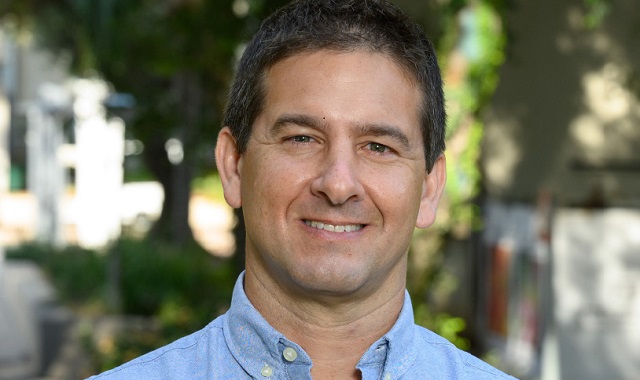Amyotrophic lateral sclerosis (ALS), also known as Lou Gehrig’s Disease for the famed baseball player from the New York Yankees who died at a young age from the disease, is a progressive nervous system disease that affects nerve cells in the brain and spinal cord, causing loss of muscle control. Now researchers from the Weizmann Institute of Science in Israel say that they have made a new breakthrough in the treatment of ALS.
According to the Mayo Clinic, ALS often begins with muscle twitching and weakness in a limb, or slurred speech. Eventually, ALS affects control of the muscles needed to move, speak, eat and breathe. Signs and symptoms of ALS vary greatly from person to person, depending on which neurons are affected. It generally begins with muscle weakness that spreads and gets worse over time.
There is no cure for this fatal disease.
Will you offer us a hand? Every gift, regardless of size, fuels our future.
Your critical contribution enables us to maintain our independence from shareholders or wealthy owners, allowing us to keep up reporting without bias. It means we can continue to make Jewish Business News available to everyone.
You can support us for as little as $1 via PayPal at office@jewishbusinessnews.com.
Thank you.
According to the Weizmann Institute scientists, genetic mutations linked to a disease often spell bad news. And mutations in over 25 genes, for example, are associated with amyotrophic lateral sclerosis, or ALS, and they all increase the risk of developing this incurable disorder.
But now, a research team headed by Prof. Eran Hornstein of the Weizmann Institute of Science has linked a new gene to ALS. However, this gene, they say, contains mutations of a different sort: They seem to play a defensive, rather than an offensive, role in the disease. The new findings were published today in Nature Neuroscience
The gene newly linked to ALS is located in the part of our genome once called “junk DNA.” This DNA makes up over 97 percent of the genome, but because it does not encode proteins, it used to be considered, well, junk. Today, though this noncoding DNA is still regarded as biological dark matter, it’s already known to serve as a crucial instruction manual. Among other things, it determines when genes within the coding DNA – the ones that do encode proteins – are turned on and off.
Hornstein’s lab in Weizmann’s Molecular Neuroscience and Molecular Genetics Departments studies neurodegenerative diseases – that is, diseases in which neurons degenerate and die. The team is focusing on our noncoding DNA. “This massive, noncoding part of the genome has been overlooked in the search for the genetic origins of neurodegenerative diseases like ALS,” Hornstein explains. “This is despite the fact that for most ALS cases, proteins cannot explain the emergence of the disease.”
“Our brain has an immune system,” explains Dr. Chen Eitan, who led the study in Hornstein’s lab together with Aviad Siany. “If you have a degenerative disease, your brain’s immune cells, called microglia, will try to protect you, attacking the cause of the neurodegeneration.”
The problem, they explain, is that in ALS, the neurodegeneration becomes so severe that the chronic microglial activation in the brain rises to extremely high levels, turning toxic. The immune system thus ends up causing damage to the brain it set out to protect, leading to the death of more motor neurons.
The Weizmann scientists focused on a gene called IL18RAP, long known to affect microglia, and found that it can contain mutations that mitigate the microglia’s toxic effects. “We have identified mutations in this gene that reduce inflammation,” Eitan says.
After analyzing the genomes of more than 6,000 ALS patients and of more than 70,000 people who do not have ALS, the researchers concluded that the newly identified mutations reduce the risk of developing ALS nearly fivefold. It is therefore extremely rare for ALS patients to have these protective mutations, and those rare patients who do harbor them tend to develop the disease roughly six years later, on average, than those without the mutations. In other words, the mutations seem to be linked to a core ALS process, slowing the disease down.
Eitan notes that the findings have potential implications for ALS research and beyond. “We’ve found a new neuroprotective pathway,” she says. “Future studies can check whether modulating this pathway may have a positive effect on patients. On a more general level, our findings indicate that scientists should not ignore noncoding regions of DNA – not just in ALS research, but in studying other diseases with a genetic component as well.”




